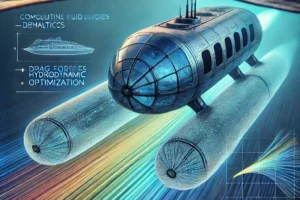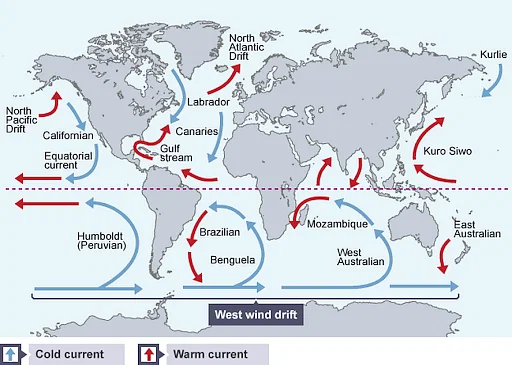

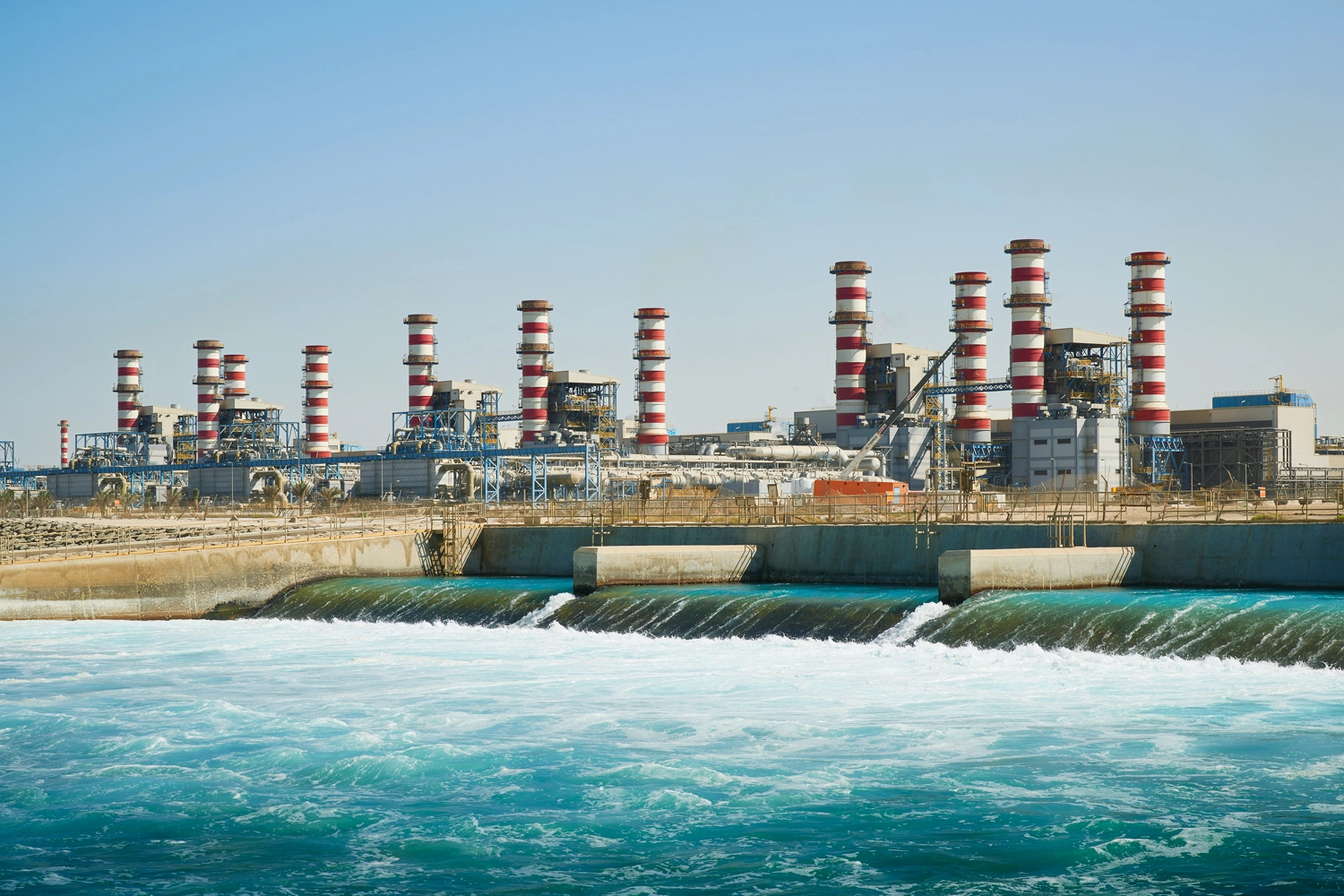
Ocean Desalination: Addressing the Global Water Crisis
Desalination is the process of removing salt and other minerals from seawater to make it safe for drinking, irrigation, and other purposes. This process is becoming increasingly important as fresh water resources become scarce in many parts of the world. The process typically involves filtering seawater through a membrane that removes the salt and other…
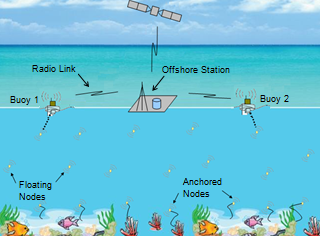
Underwater Acoustic Communication : Working, Applications and Importance
Underwater acoustic communication is a technology that enables the transmission of information through sound waves in an underwater environment. This technology is crucial in many underwater applications, including submarine communication, oceanographic research, and underwater navigation. In underwater acoustic communication, sound waves are used to transmit information between underwater devices such as sonar systems, underwater acoustic…
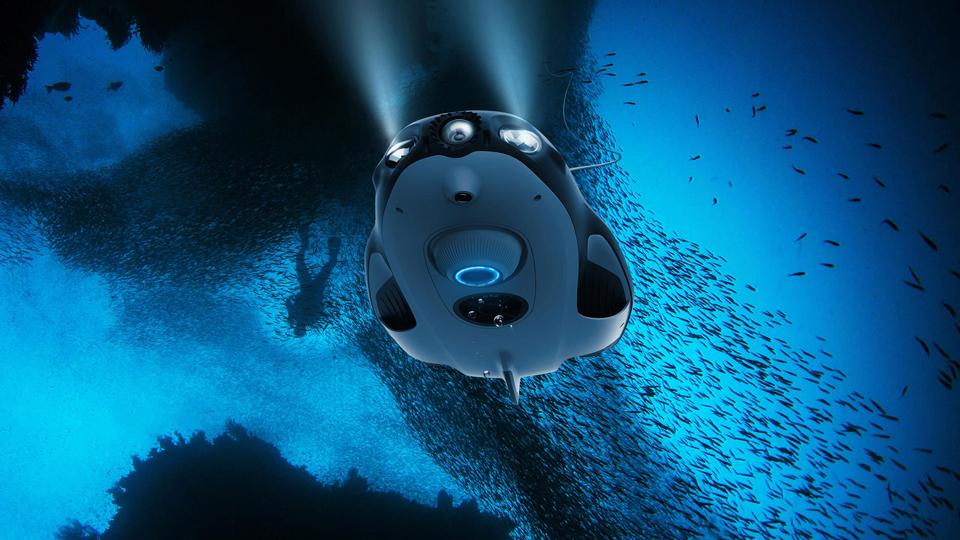
Underwater Habitats: The Future of Ocean Research and Exploration
Underwater habitats are structures designed to allow humans to live and work in an underwater environment. These habitats can be used for a variety of purposes, including scientific research, commercial activities such as aquaculture or underwater mineral extraction, and as tourist attractions. The most common type of underwater habitat is the saturation diving system, in…
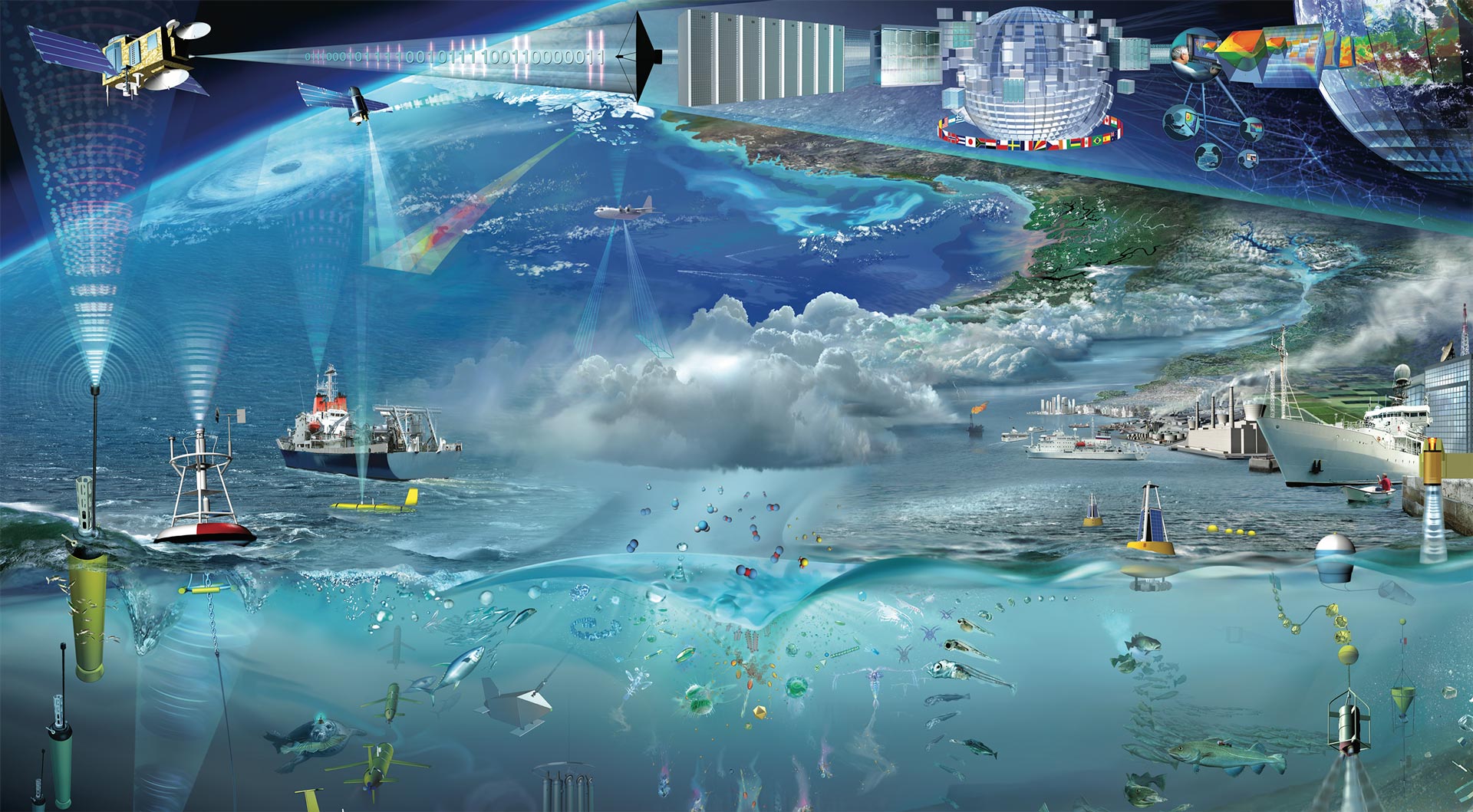
Ocean Observation Systems: Improving Our Understanding of the Ocean in New Ways
Ocean observation is the systematic collection, analysis, and interpretation of data and measurements from the ocean and its surroundings. The goal of ocean observation is to gain a better understanding of the ocean’s physical, chemical, and biological processes, as well as its role in the Earth’s climate system. Ocean observations can be obtained through a…

Harmful Impact of Climate Change on Ocean Engineering
Climate change refers to long-term shifts in average weather patterns that have come to define Earth’s local and global climates. These changes are primarily driven by human activities, such as the burning of fossil fuels (e.g., coal, oil, and gas), deforestation, and other land-use changes. The main driver of climate change is the increase in…
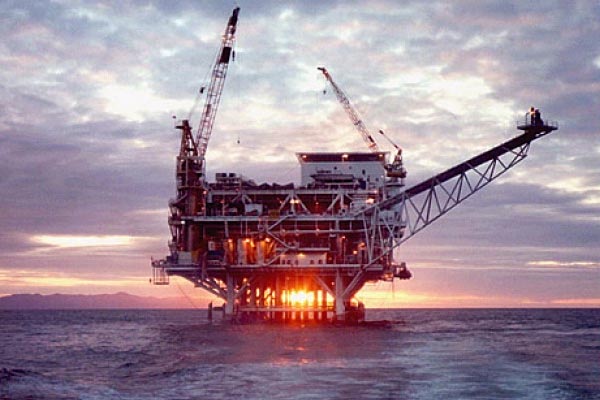
Role of Artificial Intelligence in Ocean Engineering : Helpful or not?
Artificial Intelligence (AI) is the simulation of human intelligence in computers and machines, allowing them to perform tasks that typically require human intelligence. It involves the development of algorithms and computer programs that analyze data and make predictions or decisions with minimal human intervention. The ultimate goal of Artificial Intelligence research is to create systems…

The Challenges of Deep Sea Mining and its Future Prospects
Deep sea mining is a process of extracting valuable minerals, metals and other resources from the ocean floor. It is considered as an alternative to land-based mining, which is becoming increasingly difficult due to environmental concerns and depletion of resources. The deep sea floor is believed to contain vast deposits of minerals and metals, including…
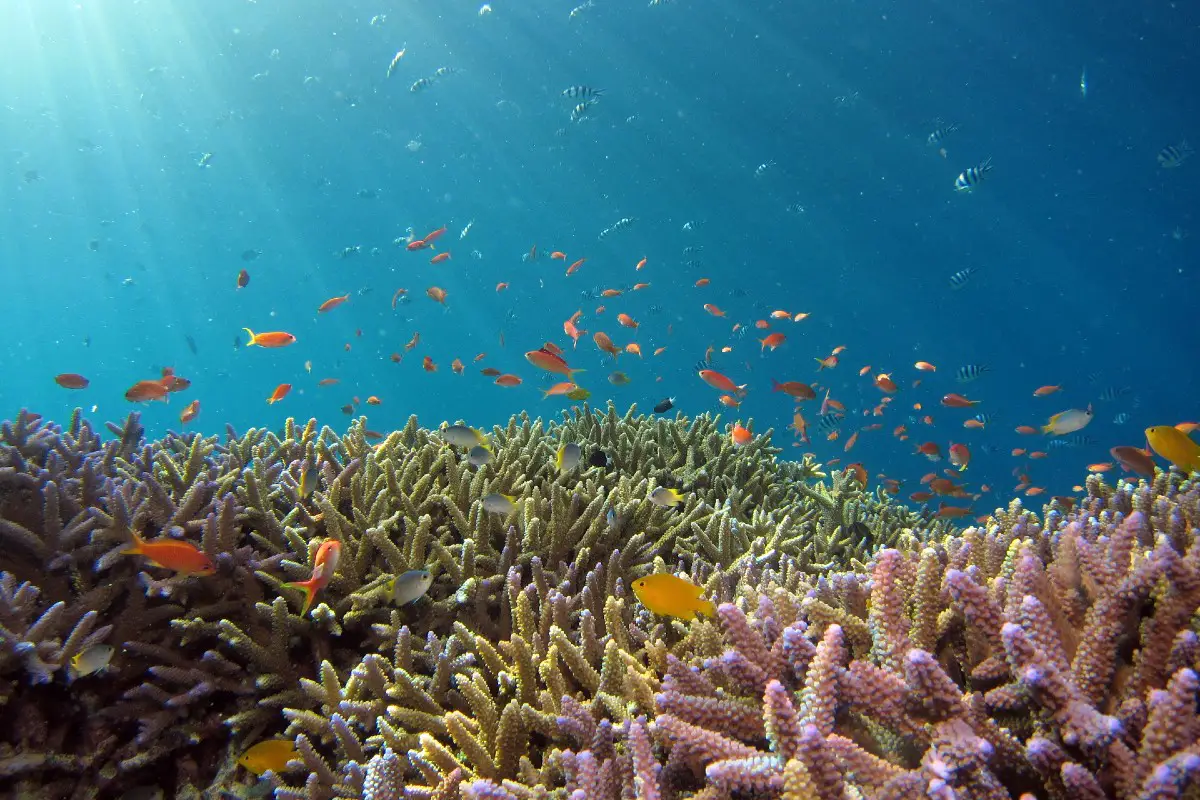
Ocean Acidification and its Effects on Marine Life : An Important Global Concern
Ocean acidification refers to the decrease in pH levels of the Earth’s oceans, caused by the uptake of carbon dioxide (CO2) from the atmosphere. This process occurs when CO2 from the burning of fossil fuels and deforestation reacts with seawater, forming carbonic acid and lowering the ocean’s pH. This in turn can impact the ability…

Subsea Mining : Features, Uses, Advantages etc. – Exploring the Hype Surrounding the Latest Technology
Subsea mining is a complex and technologically advanced method of extracting valuable minerals and resources from the ocean floor. The process involves the use of specialized equipment and technology to extract minerals from the seabed, which is located thousands of meters below the surface of the ocean. Unlike conventional mining techniques, it is performed in…
- 1
- 2

